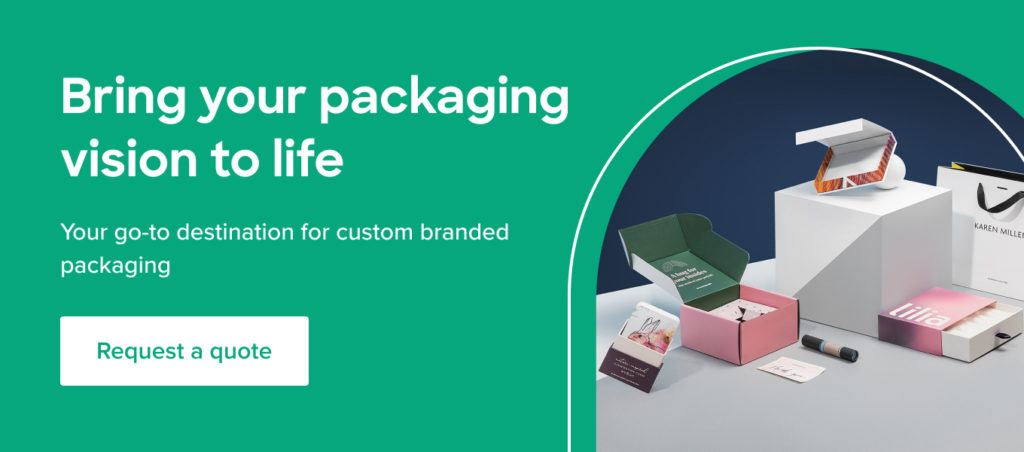Table of Contents
When developing a product, companies spend a lot of time on the design and conceptualization behind it; packaging often comes as an afterthought.
Your packaging acts as a spokesperson for your products, that’s why it’s important to loop your packaging considerations into your product’s development.
Packaging plays an important role in;
- the customer experience
- creating brand narrative
- establishing brand credibility
- Increasing brand awareness and outreach
Your packaging is the first impression your customers will get of your product.
So, make it count!
While the packaging production process is straightforward, making the right choices in your packaging design is the key to producing effective and impactful packaging.
Here are 5 considerations when designing packaging for a new product:
Determine a Packaging Strategy
Beyond looking aesthetically pleasing, packaging acts as a form of advertising for your newly developed products.
The cost and materials of your packaging can make a difference on vital aspects of your business. Everything from the customer experience to your bottom line.
Prioritizing your packaging considerations will make a huge difference in the impact of your new products on the market.
That’s why having a packaging strategy will help to guide your design process for your product’s packaging.
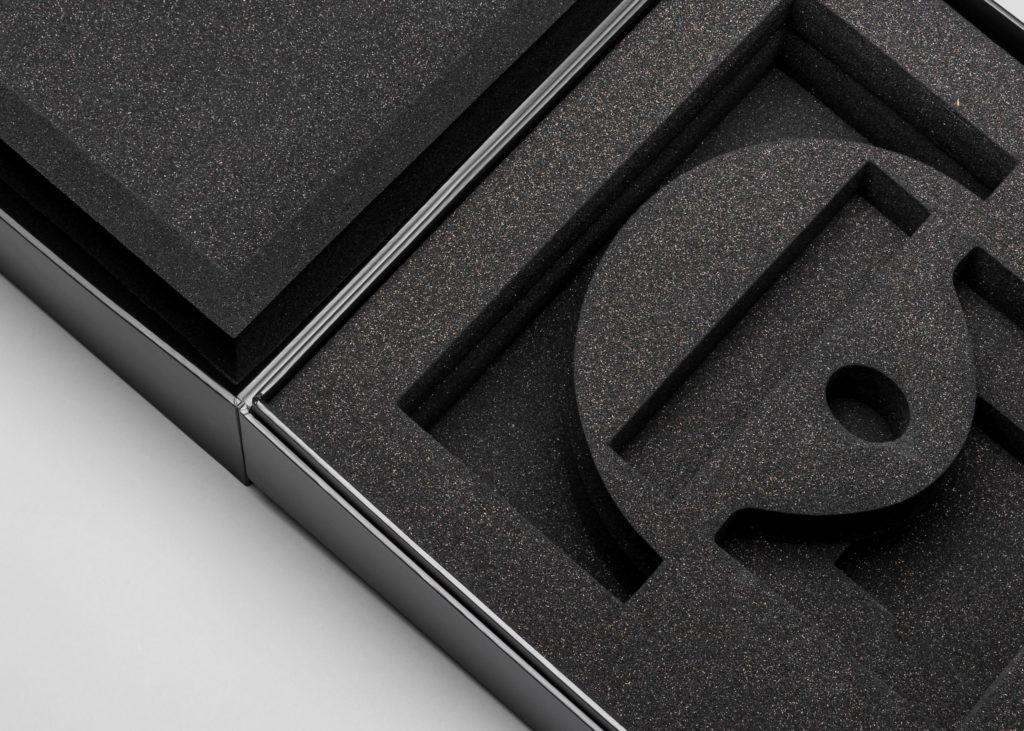
Ask yourself these questions:
- What narrative do you want to portray? A strong brand narrative adds value to your brand, creates a more engaging story for consumers and helps build an authentic connection.
- What differentiates your product from your competitors’? Ideally, you want something that makes customers pick you over the others, but what is it about your product that would make that happen?
- Why is your product on the market and what is the wow factor? Tie this back to the differentiation question, as this is all about understanding why someone likes your product and that will feed into the packaging design.
- Where will your customers interact with your products? Depending on whether it is e-commerce or retail, there are different considerations needed for designing the packaging.
- How do you want your customers to feel? With an increased emphasis on packaging experience, it’s vital to create something that customers will be excited to buy and open!
This will offer a rough strategy for your packaging and will guide your design process more efficiently.
Remember, product satisfaction doesn’t always reflect brand loyalty. According to Brain & Company’s study, 60%-80% of customers do not return to a business, even though they were satisfied with the product or service.
This has a lot to do with the ‘wow factor’ of not only your product, but of your packaging.
Think of it this way, without memorable packaging, how will you remember that shampoo you tried at your friend’s place 2 years ago that you liked so much? Or that toothpaste sample you got from the dentist a few months ago?
Not making a memorable customer experience results in a less loyal customer base. Your packaging is the key to your product’s success.
Choose the Right Type of Packaging
The type of packaging you choose can affect the look, feel, and quality of your product. Depending on the type of product you are developing, you may be limited in some of your options, or you may have the opportunity to run wild.
Materials are another consideration for your packaging. There may be different packaging layers that your product needs to be wrapped in – including the outer layer, inner layer, and product packaging.
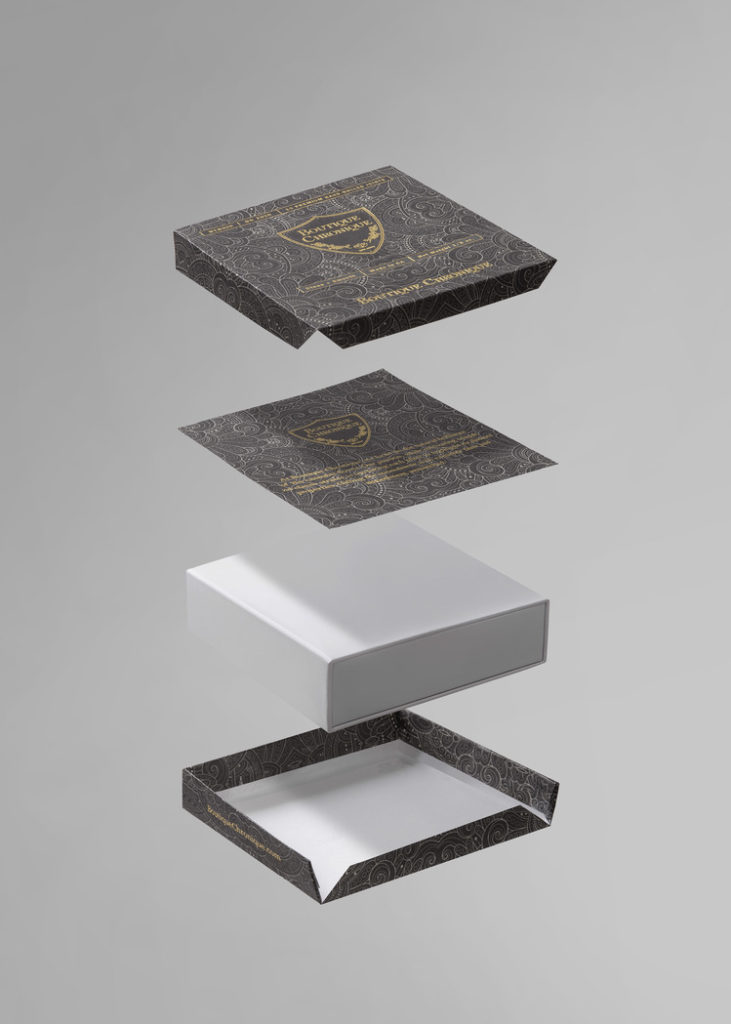
Each layer is important to design and piece together to create a consistent customer experience.
The Outer Layer
This is what keeps your products safe and sound, so there is a lot to consider here! The outer layer offers protection as it is shipped to its destination or the bag the item is placed in if in-store. Ideally you’re looking for durable materials that can handle rough conditions, but still be consistent with your branding.
The Inner Layer
These are the extra bits that go around the outer packaging to keep the product itself safe. Depending on the type of products, it’s usually something that keeps the product from moving around too much, such as packing peanuts or tissue paper. Or it could be a layer to preserve freshness for food packaging. This varies based on the product, but the idea is that it’s another safety layer to keep your product intact remains the same.
Product Packaging
Ah, the most familiar one! Product packaging refers to the actual package your product is in (and what all the other layers are protecting). This could be a box, wrapper, bottle, really anything that keeps the actual product inside.
You can learn more about packaging layers here to get a better understanding of the process from start to finish.
There are different functions for various types of packaging materials.
For example, if you have a food product or a liquid product your packaging options are slightly limited. Any random box won’t do the trick, you’ll need food grade packaging options that have a special coating and seal for your product to stay safe, sanitary, and fresh.
Food paper wrapping also ties into food packaging, especially in the restaurant industry. While it’s function is to catch excess oils from any fast food or baked goods, it too can be custom printed, designed and personalized.
Beyond food packaging, your material choices still play a vital role in communicating your product’s quality.
Depending on your product your packaging options may range;
- Folding Carton offers a high end feel and versatility in printing and finishing options. However, it is less protective. Typically things like cosmetics, pharmaceuticals, apparel and many other mainstream industries will use this material. You can learn more about the possibilities with folding cartons here!
- Rigid Packaging offers a luxurious and high end feel to your products. However, it can be quite fragile and costly. Typically things like Jewelry, cosmetics, high end liquor and many luxury industries will use this material. Here are some examples of what you can do with rigid packaging.
- Corrugated Packaging offers premium protection to your more heavy and fragile products. Typically the e-commerce retail industry will use this material for shipping and protection purposes. If you’re interested in learning more about corrugated packaging, you can learn more here.
Considering the materials of your packaging will make all the difference to how you appeal to your customers.
This is why it’s really important to pick a material that works best for your product, industry and target market
Read more on choosing packaging materials.
Exploring Structural Design
While your packaging aesthetic is important, functionality is another key component of your packaging design.
Consider how you can create impactful and functional packaging without compromising the customer experience. Packaging structural engineering ensures that it is both safe and user-friendly for your customers.
The costs associated with your product and your packaging need to be considered for when you’re manufacturing, distributing and selling it.
Your product needs to be profitable, so choosing packaging that isn’t cost-effective will hurt your profit margins.
Constructing your packaging with certain materials such as Folding Carton and Corrugated helps reduce material costs.
Smart construction will help you look at different variables when designing your package for your product and choose what’s best for your brand.
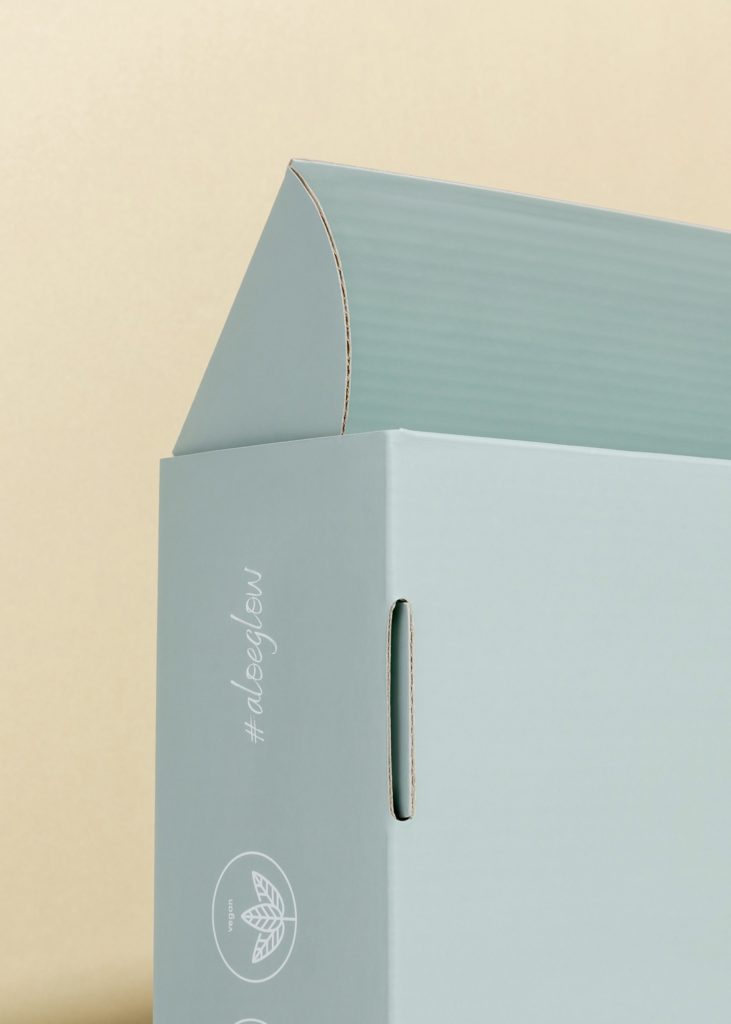
Whether it’s being distributed to retailers or being shipped to customers, the right packaging will prevent product damage so that it arrives in the laps of your customers intact. It can even improve freight utilization to minimize freight space and improve your bottom line, which is always helpful!
For example, corrugated cardboard box packaging is recycled, protective and very versatile in regard to design and printing.
You may even want to include inserts in your packaging considerations.
Inserts offer more protection as well as a high end customized feel to your products.
- Foam inserts offer a firm and luxurious cushioning around your more fragile products. Typically these inserts will be used to package electronics, glass and other fragile products as well as products with multiple components.
- Cardboard inserts offer versatile and cost effective protection to your products. Typically used for a large variety of not-so-fragile products.
- Plastic tray inserts offer a lightweight and cost effective way to protect a variety of different products. Typically things like cookies, cosmetics and much more.
- Molded pulp inserts offer a more sustainable way of protecting your products. Typically things like electronics, tools, cosmetics and much more benefit from this type of insert
Read more on packaging inserts.
Develop Artwork Design
As mentioned previously, your packaging acts as your product’s spokesperson.
Leave a lasting impression on your target customers by layering structural engineering with creative artwork using graphic design.
Through the design process, you can share your brand’s story with breathtaking artwork that shares your values, mission and story. This creates a positive sentiment and goes a long way in how customers align with your brand’s message.
From the graphics to the copy, the right packaging artwork design will help communicate important information about the product and brand to your customers.
Whether it’s regulatory information or key benefits of your product to aid your customers in their buying decision, differentiating from your competitors will motivate your customer base to choose your products.
Carefully crafted packaging artwork can add to an exceptional unboxing experience of your product.
Customization goes beyond just benefiting your brand and product, but your customers too.
For instance, artwork that provides a premium look and feel signals to your customers that the product is luxury thus increasing their anticipation of opening the packaging.
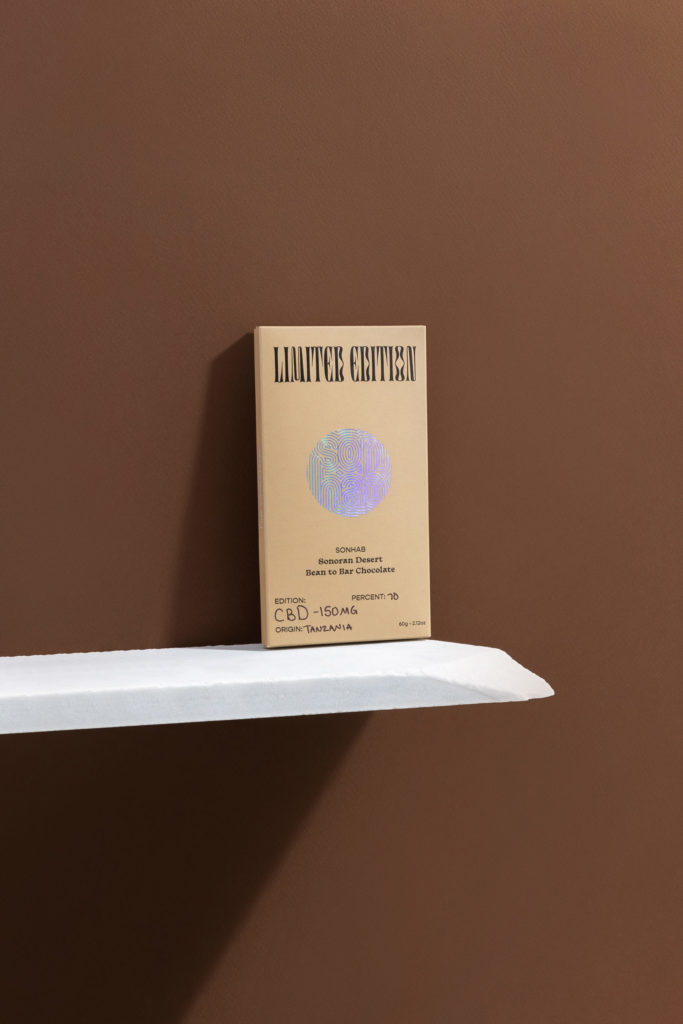
Personalizing your packaging for your customers offers an authentic connection with them. Using Stickers and Labels can act as a medium for you to speak to your customers directly.
Thank them for purchasing your product, offer personalized name stickers and much more.
Adding stickers and labels to your packaging considerations can elevate the customer experience as well as add to your package design.
Read more on stickers and labels.
Experiment by Sampling & Prototyping
Designing and developing the right packaging for your product takes time and patience.
Successful packaging design can be an iterative process which means testing the materials, structure, and artwork prior to mass production is highly advised.
Physical samples and prototyping are important steps for evaluating the effectiveness of your packaging vision before releasing your product into the world.
Validating the sizing and fit of your product in the packaging is also important.
Read more on Packaging Samples.
Test it out through your samples and prototypes to make sure your product fits snugly and comfortably in your package. This will add to your customer experience as well as your brand credibility and professionalism.
Afterall, Happy Products = Happy customers.
Try getting feedback and insight through going directly to your ideal target market. At the end of the day the product’s success depends on your customers, so make sure your packaging resonates with your product, brand and them.
Remember that when working on complex packaging, design errors can happen.
Make sure you double check your color choices, structural engineering and designs to ensure that when your product is in the hands of your customer, it is exactly as you imagined it.
Make it memorable, user friendly and functional.
Considering the design and strategy of a new product’s packaging is a key part of helping you increase sales.
